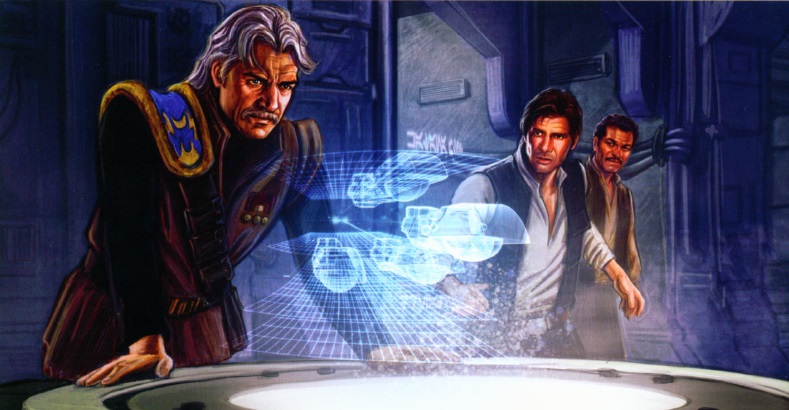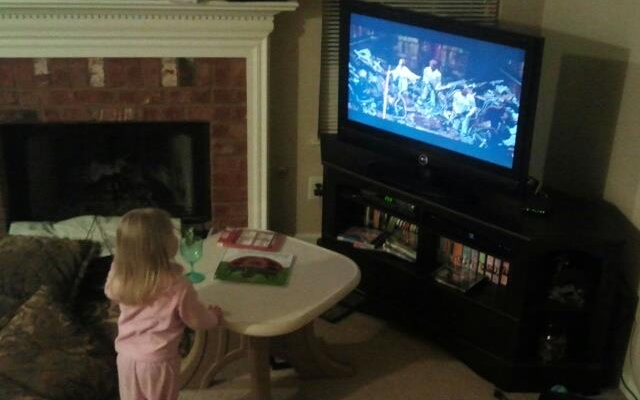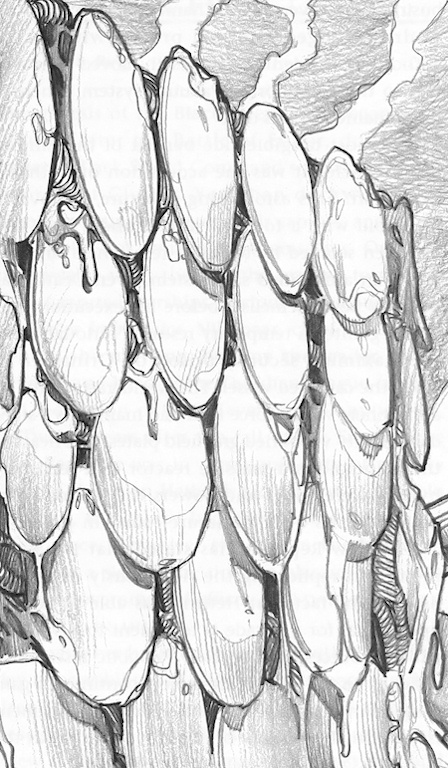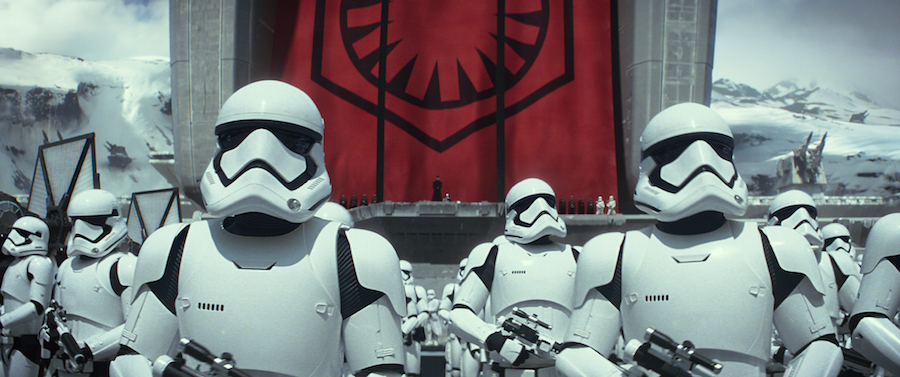
In addition to the many existing Legends stories that are ripe for adaptation in the new canon, there are some that, while full of potential, Legends never really got around to telling. One of these is the legend (ha) of the Katana fleet. Dating back to Dark Force Rising, the second book of the Thrawn trilogy, the Katana fleet was a huge force of two hundred Dreadnaught heavy cruisers that went missing thirty-two forty-five twenty-seven many years before the Battle of Yavin only to be discovered by the smuggler Talon Karrde, and eventually to become a piece in Grand Admiral Thrawn’s game against the New Republic.
The fleet was constructed at a time when the Old Republic’s power had grown stagnant—we knew that much even in 1992—and was meant to symbolize a return to greatness. All two hundred ships had their controls slaved to the flagship, meaning that they could be crewed by a scant two thousand people each (as opposed to the ships’ usual complements of sixteen thousand, or later Star Destroyer crews of more than double that). This way, the Katana fleet represented military might without militarization; the cutting-edge slave-circuit technology meant increased security for the Republic with a bare minimum of its sons and daughters put in harm’s way.
That was the plan, anyway. Upon the fleet’s launch, the crew of the Katana itself was ravaged by a deadly virus that had the fun side effect of driving them insane before it killed them. In their delirium, the crew jumped the Katana to random hyperspace coordinates and brought the entire fleet with them, never to be seen—by the Republic—again. Read More

 I love the Bantam era, and have in fact
I love the Bantam era, and have in fact 
 idea I could come up with was Leia getting pregnant with Ben immediately—like, “the night of the Endor celebration” immediately. The impending child not only accelerates her coming to terms with her heritage (and motivates her and Han to marry sooner) but gives her a huge extra reason to end the war with the Empire as soon as possible. Sure enough, Leia taking an even more aggressive role in the military campaign brings about a swifter military victory, and perhaps even further motivates complacent core worlders to rally behind her as a post-Empire figurehead. This has all sorts of random ripple effects, too—different people come to lead the Imperial Remnant, Luke perhaps founds his new Jedi Temple sooner, and so on.
idea I could come up with was Leia getting pregnant with Ben immediately—like, “the night of the Endor celebration” immediately. The impending child not only accelerates her coming to terms with her heritage (and motivates her and Han to marry sooner) but gives her a huge extra reason to end the war with the Empire as soon as possible. Sure enough, Leia taking an even more aggressive role in the military campaign brings about a swifter military victory, and perhaps even further motivates complacent core worlders to rally behind her as a post-Empire figurehead. This has all sorts of random ripple effects, too—different people come to lead the Imperial Remnant, Luke perhaps founds his new Jedi Temple sooner, and so on.